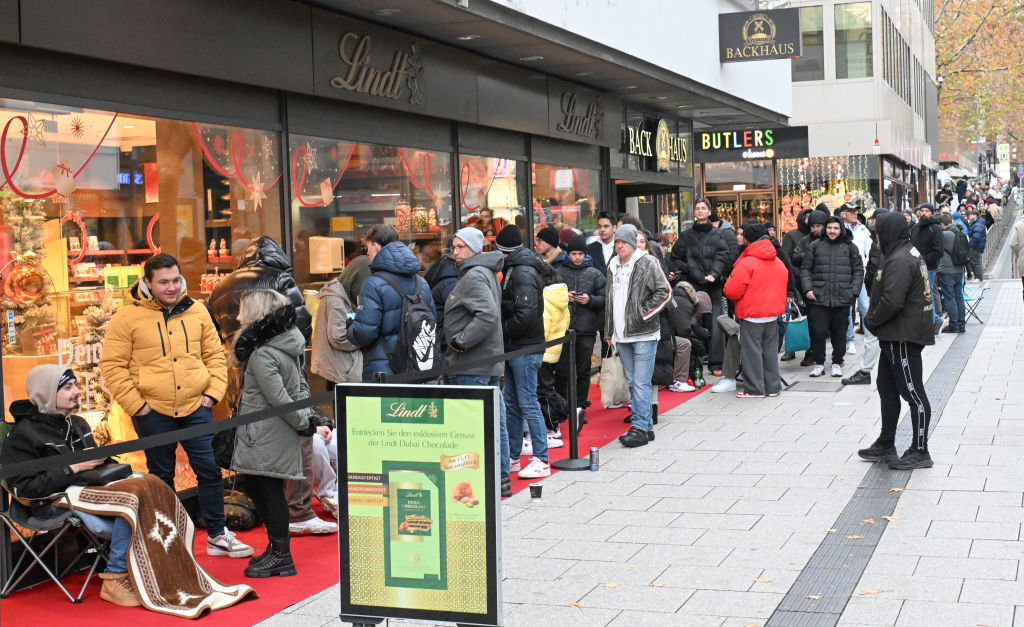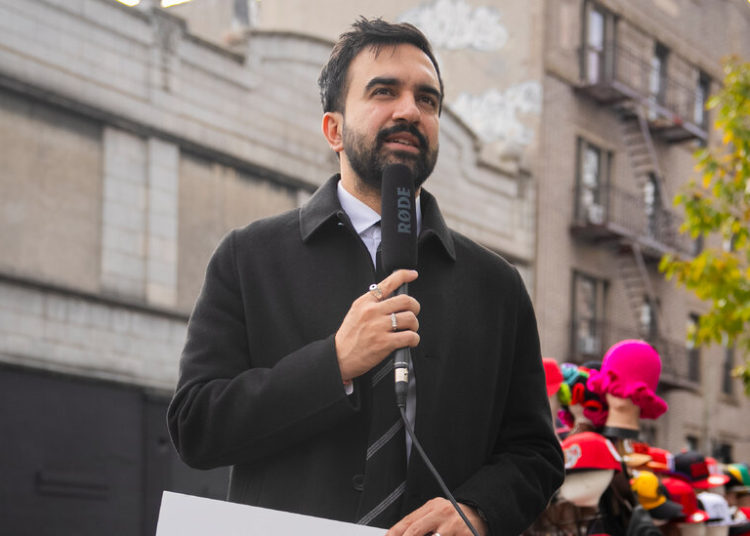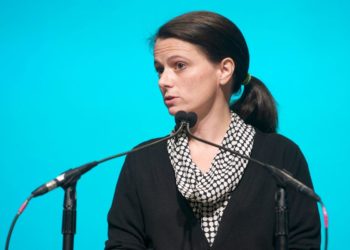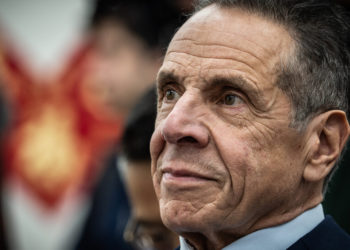As kids all over America anticipate their Halloween candy hoards, many will be hoping somebody in their neighborhood had the foresight to stock up on the hottest (or should that be coolest?) treat of the season: Ghirardelli’s new “Dubai-style” chocolate. Launched mid-October in anticipation of the annual spike in candy sales, the new product sold out within hours.
The Ghirardelli launch came just a few weeks after Lindt debuted its own version of the confection, proof positive that Dubai chocolate has gone completely mainstream. It is available in all of the groceries in my New York City neighborhood, displayed alongside Twix and M&Ms, rather than among the exotic offerings in the international section.
That casual ubiquity tells you everything you need to know about the most unexpected soft power success story of our time.
In the grand bazaar of global influence, the United Arab Emirates has spent billions—perhaps tens of billions—of dollars on what critics dismiss as a naked attempt to burnish their image through strategic investments in Western cultural institutions and athletic competitions. It has bought soccer clubs and sponsored Formula One races. It has erected the world’s tallest building and constructed artificial islands shaped like palm trees. It has hosted global summits, opened and bankrolled museums bearing the hallowed names of Louvre and Guggenheim.
And yet, none of these expensive ventures has proven as effective at generating genuine global goodwill as a simple chocolate bar.
Dubai chocolate has achieved something remarkable: it has made people around the world actively crave something associated with the U.A.E. The confection consists of a hollow chocolate shell, typically filled with pistachio-infused kunafa, a Middle Eastern pastry made from thin, crispy noodles. The result is a texture-driven sensation: creamy chocolate yielding to crunchy, buttery, nutty filling. It runs a little too sweet for my own taste – I am diabetic – but most people seem to find it delicious.
The phenomenon began modestly enough in 2021 when Sarah Hamouda, a Dubai-based British-Egyptian entrepreneur, started selling her creation—refined by Filipino chef Nouel Catis Omamalin—through their company, Fix Dessert Chocolatier. The explosion of popularity followed in late 2023 and early 2024, when TikTok food influencers discovered Hamouda’s Dubai chocolate. Videos of people biting into the bars, triggering what came to be known as “the crunch,” went viral.
Soon, tourists were queuing for hours outside Fix Dessert Chocolatier’s Dubai location. Enterprising chocolatiers from Berlin to Buenos Aires began creating their own versions. Major retailers scrambled to stock Dubai chocolate and products inspired by it. By mid-2024, you could find variations of Dubai chocolate in supermarkets across Europe, North America, and Asia.
This is soft power in its purest, most potent form—and the U.A.E.’s mandarins should be paying attention.
For decades, the Emirates has struggled with a perception problem in the West. Dubai, in particular, has been dismissed as inauthentic, a plastic-wrapped urban fantasy built on oil wealth, where tradition has been sacrificed on the altar of commercialism. Critics see gleaming towers rising from desert sand and detect not ambition but emptiness — a city with an unlimited line of credit, but without a soul.
Even the culturally ambitious projects such as Abu Dhabi’s Saadiyat Island cultural district, which hosts local chapters of Louvre, Guggenheim, Berklee, and National History Museum, are often greeted with skepticism. The underlying message is always the same: You can buy a lot of things with oil money, but you cannot buy authenticity, culture, or genuine affection.
This narrative has always been reductive and, frankly, tinged with cultural condescension. But it has proven stubbornly persistent, particularly among the Western elites who view the Gulf states as nouveau riche interlopers in the global cultural conversation.
Dubai chocolate challenges this narrative in ways that a dozen Guggenheim branches never could. Food, after all, is perhaps the most democratic and authentic form of cultural expression. People do not eat things they do not genuinely enjoy, no matter how much marketing money is thrown at them. The viral success of Dubai chocolate is organic in the truest sense—driven not by advertising campaigns or public relations firms, but by genuine enthusiasm spreading person to person, video to video, tastebud to tastebud.
Food has become one of the most powerful vehicles of soft power in the modern era. Japan’s global influence surged not just through anime and technology, but through the worldwide embrace of sushi, ramen, and izakaya culture. South Korea’s remarkable cultural ascendancy has been propelled as much by Korean barbecue and kimchi as by K-pop and K-dramas. Mexican cuisine achieving UNESCO World Heritage status represents a form of cultural validation that no amount of traditional diplomacy could secure.
Food accomplishes what conventional soft power initiatives often cannot: it creates genuine emotional connections. When someone in Stockholm or Seattle bites into Dubai chocolate and experiences that satisfying crunch, followed by the rich interplay of chocolate and pistachio, they are not thinking about geopolitics or oil revenues. They are simply enjoying something delicious that happens to come from—or at least be inspired by—the U.A.E.
That positive association, repeated millions of times across the globe, builds a foundation of goodwill more durable than any sports sponsorship.
Moreover, Dubai chocolate succeeds by being unabashedly itself. It does not apologize for its origins or attempt to mimic Western confectionery traditions. It proudly incorporates kunafa and pistachios—ingredients deeply rooted in Middle Eastern culinary tradition—into a format accessible to global palates. This is cultural confidence, not cultural anxiety.
The question now is whether this represents a fleeting trend or something more enduring. Food fads come and go with alarming speed. (Remember cronuts?) Yet some innovations transcend their novelty phase and become permanent fixtures of the global culinary landscape. If Dubai chocolate can achieve that longevity—if, five years from now, it remains a recognizable and desired product worldwide—it will have accomplished more for the U.A.E. ‘s soft power than all those Formula One races and Premier League sponsorships combined, at a fraction of the cost.
The U.A.E.’s leadership should draw lessons from this unexpected success. Soft power cannot be purchased wholesale; it must be earned through offerings that people genuinely value. It requires not just financial investment, but cultural confidence—a willingness to share what makes you distinctive rather than attempting to buy validation through association with established Western institutions.
Dubai chocolate proves that the U.A.E. has cultural products worth sharing, traditions worth celebrating, and yes, authenticity worth claiming. It demonstrates that the Gulf can be a source, not just a consumer, of global trends. Most importantly, it shows that when the U.A.E. offers the world something genuinely appealing—something delicious—people respond with enthusiasm, not skepticism.
The demand for Dubai chocolate ahead of Halloween week represents a quiet revolution. It signals acceptance, normalization, even affection. That is worth more than all the sportswashing money can buy.
And it tastes better, too.
The post With Dubai Chocolate, the U.A.E. Has a Taste of Genuine Soft Power appeared first on TIME.




